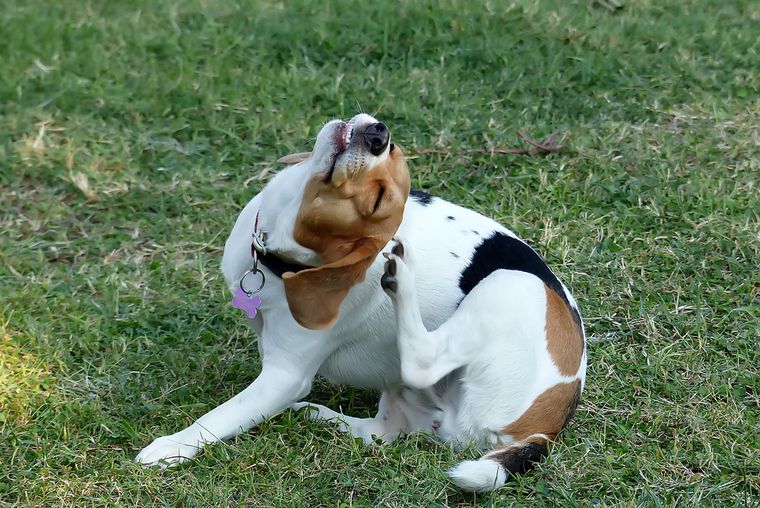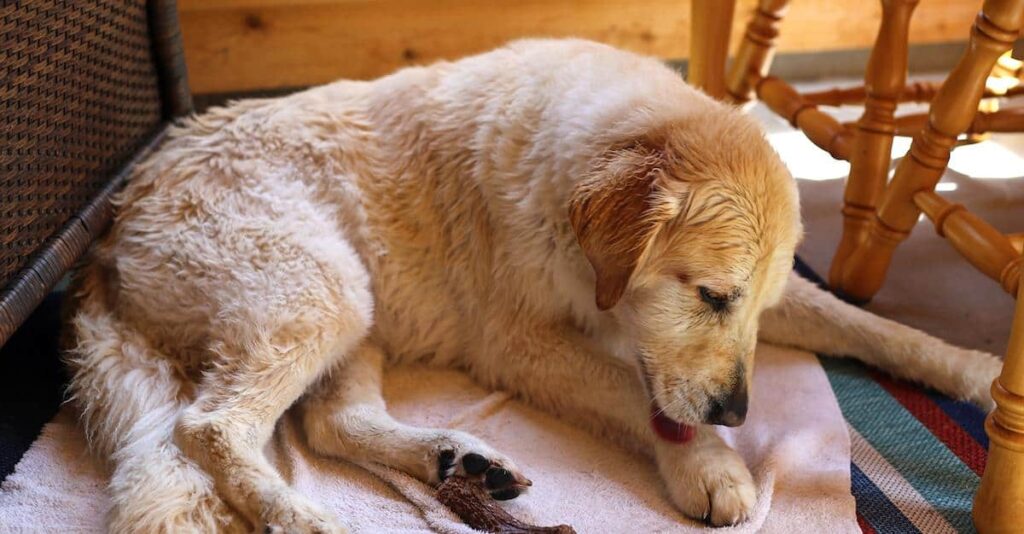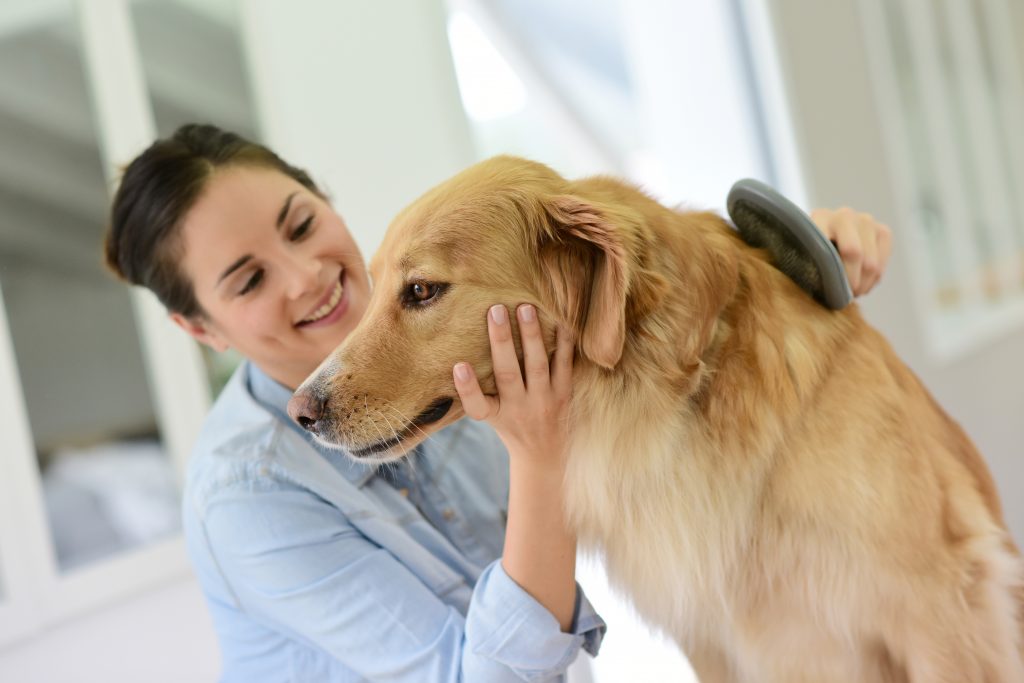The temperature is rising and the sun peeps through the sky pretty much the whole day now. From walking your dog more frequently to going camping with him or just lounging outdoors enjoying the sun, there’s a lot to do in summer with your dog.
As you plan on crossing things off your to-do list, consider the dangers lurking around outdoors.
As your dog enjoys the great outdoors, he is likely to stick his nose and roll over everything that catches his attention.
Sadly, he can get in trouble if he comes in contact with fleas, ticks, toxic plants, burrs, you name it.
In this guide, let’s zoom in burrs. Are they dangerous for your pet?
What Are Burrs?
Burrs are seeds of plants with hooks or teeth. The prickly seeds are used by the plant to disperse the seeds and keep reproducing.
The spikes attach to a moving host easily to allow the seeds to get a ride and hopefully find themselves in a place with good soil and water. It’s impressive evolutionary tool plants have developed over time.
There are many plants that produce burrs out there. The common ones include Herb Bennet, White Avens, Longspine Sandbur, Greater Burdock, Yellow Avens, Sweet Cicely, and Cleavers among others.
You might have run into them if you’ve spent time in the countryside. Some cities also have them in parks, free spaces, gardens, fences, and more.
The prickly seeds stick on people’s clothes, bags, hair, you name it. They are designed to hang on a surface until the host dislodges them. That means they don’t come off easily.
Dogs fall victims of burrs because they love nature and everything in it. They cannot resist the temptation to sniff around and find out how things smell.
When they see a tiny patch of grass, their first instinct is to run and play in it. In the end, they end up with prickles and burrs.
Are They Dangerous To Dogs?
If you’ve had burrs stick to your skin or clothes before, you know they are such a nuisance. For your dog, they go from being a nuisance to being dangerous.
The minute you see them on your dog, find a way to remove them.
Here are some of the ways burrs can affect your dog negatively.
1. They Can Cause An Infection

Burrs can get embedded in your dog’s skin. Not all burr can burrow through your pet’s skin but some are sharp enough to pierce it, especially delicate body parts including the nose, eyes, and toes.
When they penetrate the skin, they cause a wound from where pathogens gain access to the body to cause an infection.
If the burr ends up in your dog’s eye, it can cause an ulcer, eye infection, or cornea. None of these diseases are easy to treat.
2. They Can Cause Sneezing
One of the symptoms that your dog has a burr is sneezing.
If your dog cannot stop sneezing and you cannot figure out why (because he doesn’t have an allergy or respiratory issue), chances are that a burr is dislodged in his nose. This is often accompanied by pawing of the nose.
When a foreign object is in the nose cavity, the body triggers sneezing to dislodge it.
However, sneezing doesn’t work to get rid of the object always. If your dog is in this predicament, he may need help. Call the vet and let them advise you on what to do.
3. They Trigger Excessive Licking

Although burrs can stick to any body part in your dog, they are notorious for dislodging in the area between your dog’s toes.
Since they are uncomfortable for your dog, he will constantly lick himself to try and dislodge the burrs.
Dogs don’t know when to give up the fight to remove the burrs and will lick the area repeatedly. The end is a hot spot, an irritated patch of skin, or an infected wound.
4. Causes Discomfort
If for nothing else, burrs cause a great deal of discomfort to your dog. For one, their presence on your dog’s coat irritates her to the core.
Burrs also cause matting in your dog’s skin, which trap moisture and cause irritation. In severe cases, mats compromise blood circulation to the skin and the fur, causing hematomas.
Then there’s the actual skin irritation the sticky stuff causes your dog. In case the burrs penetrate the skin, the dog will feel pain.
How Do You Remove Them?

Removing burrs from your pooch is no mean feat. It is not particularly difficult but it is time-consuming. If your pooch is short-haired, you are in luck.
Else, if he has a lot of fur on her body, you are looking at detangling the coat for hours on end. The mats are sometimes so bad that the only choice is to cut them off.
You want to go in with your fingers and pick the burrs from the fur. In areas with a lot of tangles, use a pick like a rake brush and untangle the hair surrounding the burr. A fork can get you the same results.
If the burrs are too stubborn, crush them with a pair of pliers. When it breaks into tiny pieces, you can pick them up or brush them out.
Parting Thoughts
Burrs are the real enemy of our pets. They cause discomfort, infections, sneezing, and trigger repeated licking.
If your dog has them in their fur, take your time and remove them.
However, if the prickles have dislodged in her eyes, ears, or nose, let the dog be checked by the vet.
As an Amazon Associate, we may receive a small commission from qualifying purchases but at no extra cost to you. Learn more. Amazon and the Amazon logo are trademarks of Amazon.com, Inc, or its affiliates.

